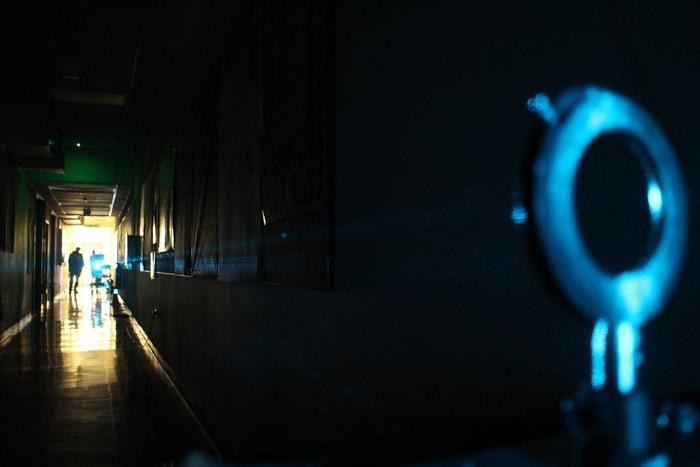
Passive Rydberg-atomic transducer. Image Credit: University of Otago
The portable atomic radio frequency sensor was field tested by Dr. Susi Otto of the Dodd-Walls Centre for Photonic and Quantum Technologies.
Such sensors, enabled by atoms in a so-called Rydberg state, can outperform current antenna technologies due to their high sensitivity, extensive tunability, and small physical size, making them appealing for use in defense and communications.
They might, for example, facilitate communications for soldiers on the battlefield since they cover the whole spectrum of radio frequencies, rather than requiring several antennas to cover different frequency bands, and are extremely sensitive and accurate in detecting a wide variety of essential messages. Due to their ability to reduce the need for numerous sensors, they are also valuable in satellite technology.
Importantly, Rydberg sensors can work without any metal pieces that might scatter the radio frequency field of interest, and the atomic sensor is accessible by laser light, eliminating the need for cables.
The novel design developed by the Otago group is portable and can be used outside of the laboratory. Using a free-space laser connection, the sensor was able to detect fields at a distance of 30m in a first out-of-lab demonstration. This significantly broadens the capabilities of Rydberg-atom-based sensing systems.
They believe that these advancements will make quantum sensors more durable and cost-effective, allowing them to transcend beyond laboratories and into the real world.
Journal Reference
Otto, S. J., et al. (2023) Distant RF field sensing with a passive Rydberg-atomic transducer. Applied Physics Letters. doi:10.1063/5.0169993